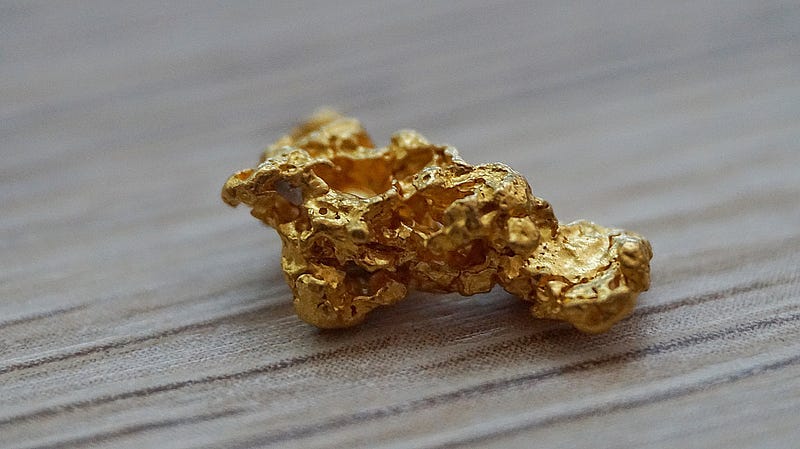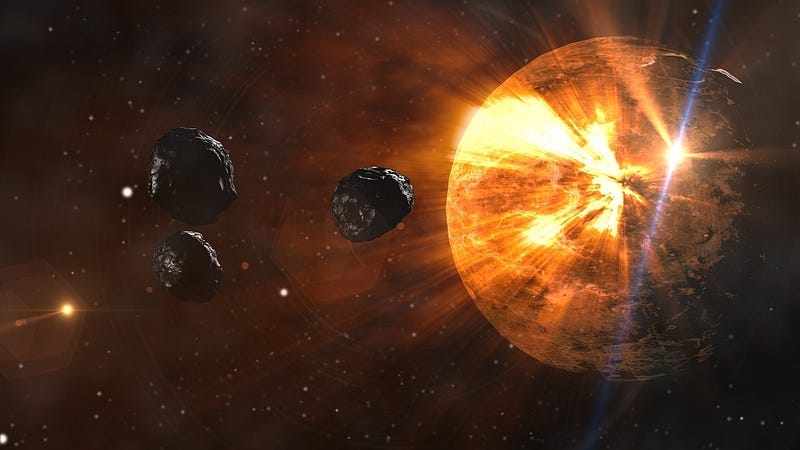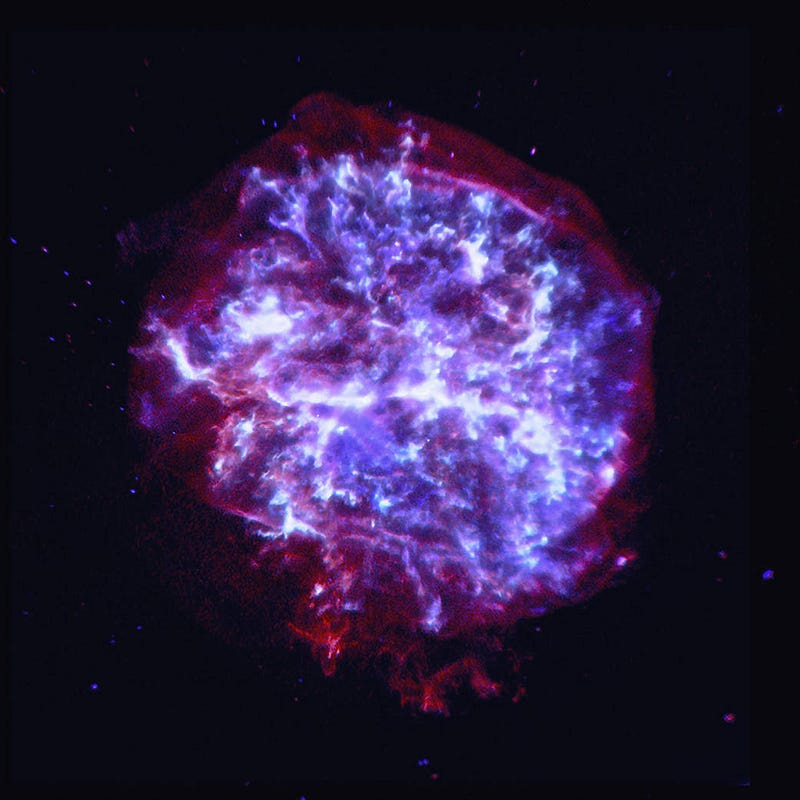Gold (Element 79): Properties, History, and Scientific Importance
Explore the Origins, Characteristics, and Modern-Day Significance of One of Earth’s Most Precious Elements.

Every atom has an atomic number, which refers to the number of protons in its nucleus (its centre).
The lightest element, hydrogen, has atomic number 1. Gold has atomic number 79, and lead has 82 protons in its nucleus, giving it atomic number 82.
Each chemical element is made up of atoms with the same atomic number.
Gold is a chemical element we recognise by its distinctive yellow colour. It holds high value due to its rarity, resistance to corrosion, excellent electrical conductivity, and, among many other things, its beauty.
The earliest solid evidence of humans interacting with gold dates back to around 3,000 BC. For the ancient Egyptians, it was a powerful symbol of wealth.
We’ve all heard of a gold rush , when people would flock to certain places to mine for gold or pan for flakes in rivers and streams. But to truly understand the origin of gold, we must go much further back in time , billions of years.
Stars produce atoms in their cores through a process called nuclear fusion.
This begins when four hydrogen atoms fuse to form a helium atom. Over time, stars can manufacture heavier elements.
Larger stars can continue this process up to the element iron, but they cannot produce heavier elements beyond that point.
Elements heavier than iron, including gold, are created during cataclysmic events such as supernovae and neutron star collisions.
When massive stars reach the end of their lives, they don’t fade away quietly , they explode in supernovae, releasing extreme energy and the perfect conditions for forming heavier elements like gold.
These elements are blasted far into space, and over time, they become part of new stars, planets, moons, and other celestial bodies scattered throughout the universe.
All the gold that has ever been found or mined by humans is estimated to total around 187,000 metric tonnes (approximately 206,000 US tons).
Imagine a cube containing that much gold , each side would measure roughly 22 metres (about 72 feet) across.
Yes, that volume is minuscule when you consider the vast size of our planet.
The proportion of gold in the Earth’s crust is estimated to be just 4 parts per billion.
Early Earth didn’t have a solid surface like the one we see today; over 4 billion years ago, it was a molten ball of rock and metal.
During that time, heavy elements , including gold , sank towards the core.
However, a period of intense asteroid bombardment stirred the deeper layers of the Earth, forcing some of that gold back up into the mantle and crust.

Without that intense asteroid bombardment, little or no gold would have been accessible at the surface.
It’s unknown how much gold lies deep within our planet, but it’s believed to be far more than what exists in the Earth’s crust.
Now that you have a better idea of how ancient gold’s history is, it might make your gold jewellery feel just that little bit more special.
Of course, all the elements on Earth have incredibly long histories.
Hydrogen and helium, in particular, are not much younger than the universe itself, which is estimated to be 13.8 billion years old.
The end.
<><><>
I’ll be sharing a mix of fascinating and easy-to-understand short stories about the universe and life, all right here in my publication.
You can read them for free, anytime. I hope you enjoy exploring them as much as I enjoy writing them!
Knowledge Sponge
And yes, subscribing is completely free, too.




